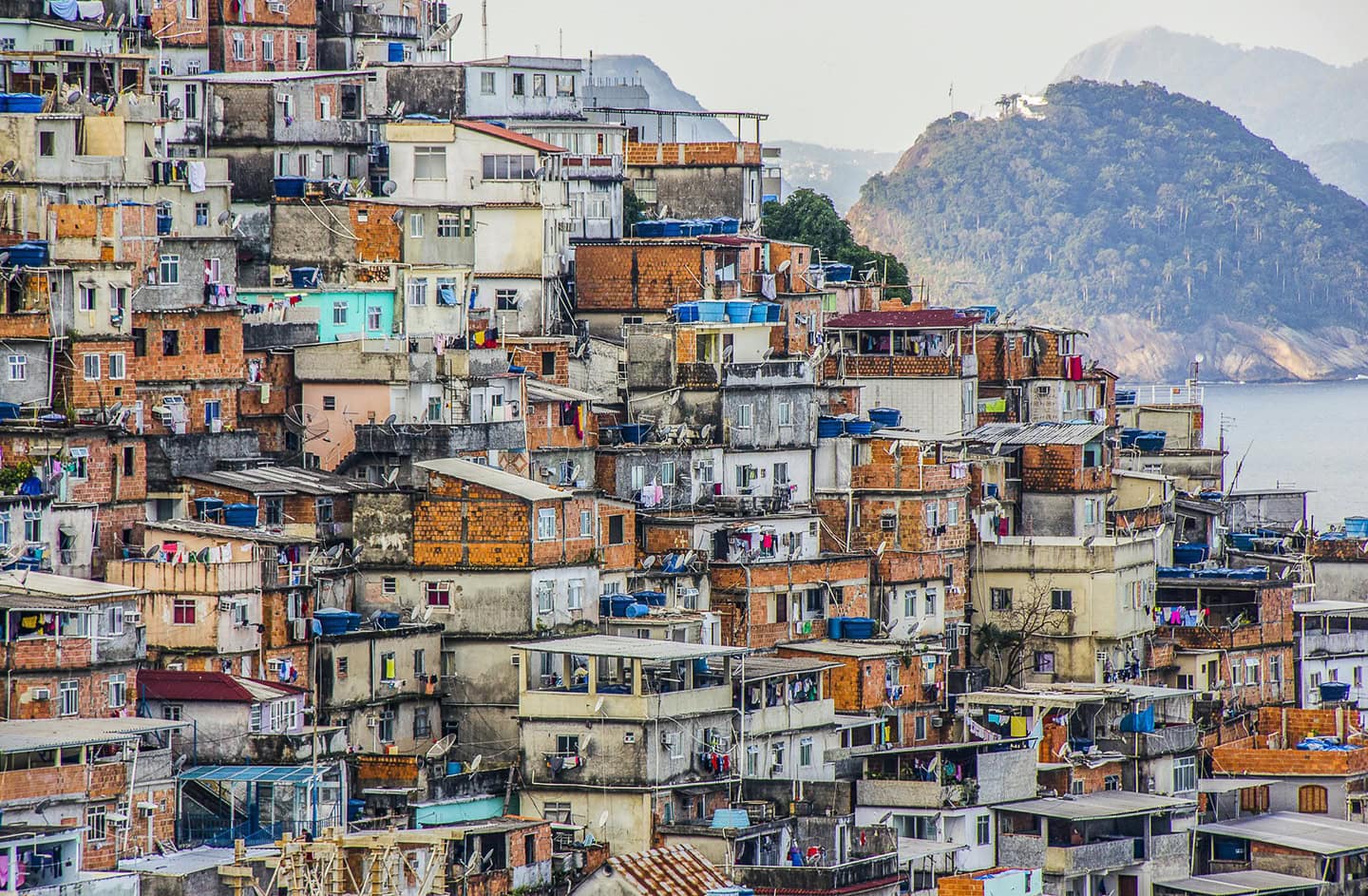Brazil has 16.390 million people living in favelas and urban communities. This represents 8.1% of the total of 203 million inhabitants in the country, that is, eight out of every 100 people live in these places. The data is part of a supplement to the 2022 Census, released on Friday (8) by the Brazilian Institute of Geography and Statistics (IBGE). A survey indicated that there are 12,348 favelas in 656 municipalities in Brazil so far.
IBGE researchers consider favelas and urban communities to be locations with characteristics such as legal insecurity, absence or precarious or incomplete provision of public services, urban planning standards outside the current order and occupation of areas with restrictions or environmental risk.
Distribution
The IBGE detailed that 43.4% of favela residents are in the Southeast region. There are 7.1 million. In the Northeast, 28.3% (4.6 million); in the North, 20% (3.3 million); in the South, 5.9% (968 thousand); and in the Central-West, 2.4% (392 thousand).
The state of São Paulo has the largest population of favela residents, 3.6 million, followed by Rio de Janeiro (2.1 million) and Pará (1.5 million). The three states together account for 44.7% of the total number of favela residents in the country. The largest favela is Rocinha, in Rio de Janeiro, with 72,021 residents.
In proportion, Amazonas has the largest share of people living in favelas (34.7%). This is equivalent to saying that practically one in every three residents of the state lives in some community.
Has the number of people living in favelas increased?
Yes. In 2010, the IBGE identified 11.4 million people in 6,329 favelas or communities, which was equivalent to 6% of the population.
However, researchers warn that caution is needed when comparing 2010 and 2022, as technological and methodological improvements have been made in the identification of territorial divisions during this time period.
Source: Agência Brasil


